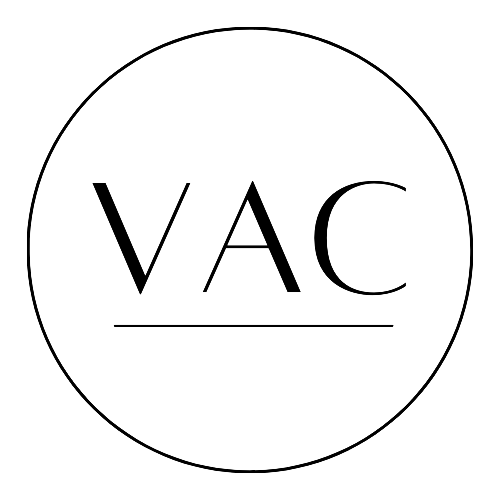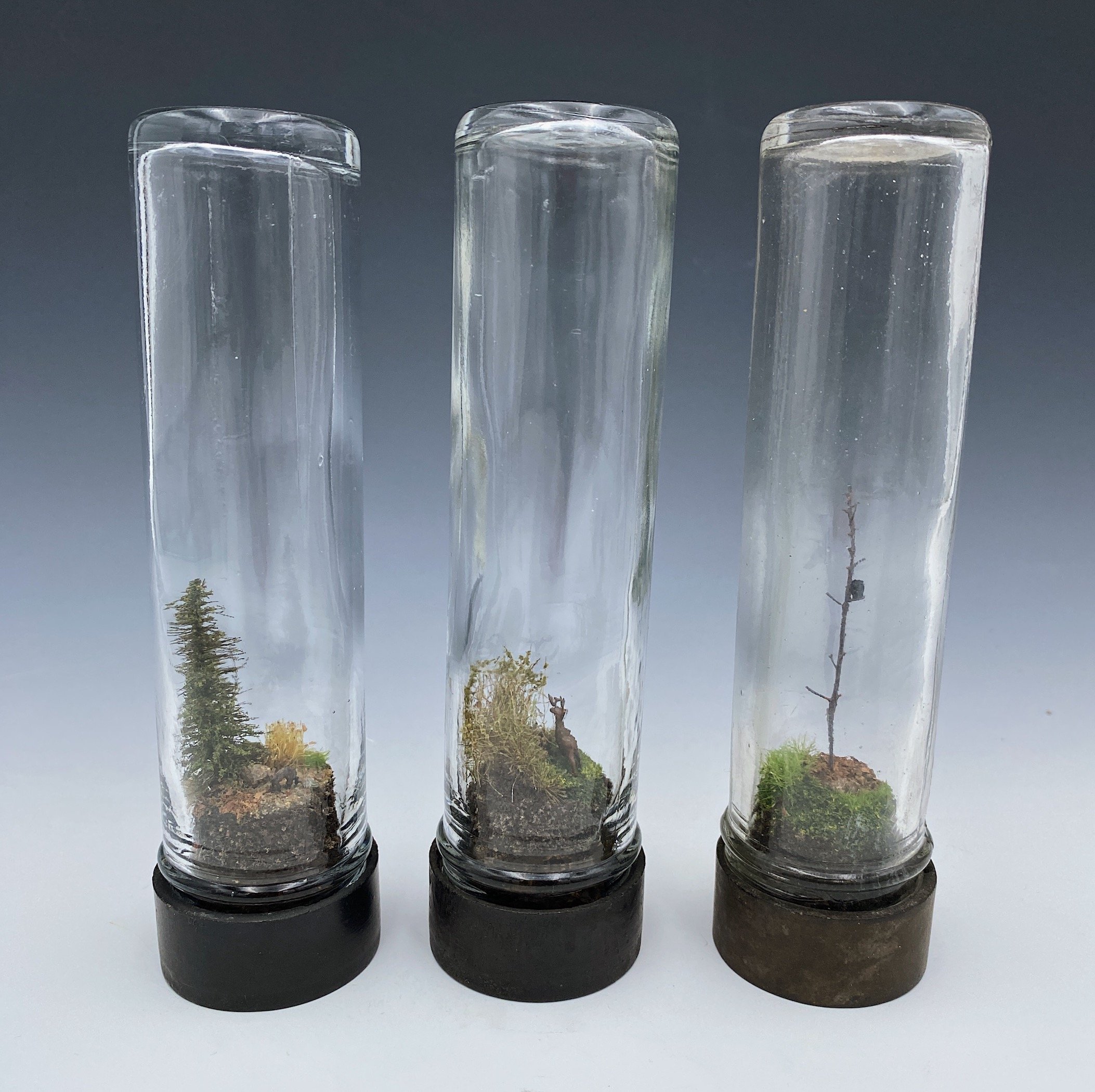Bess French: Synergy in Miniature
Vermont based sculptural artist Bess French finds inspiration in the natural world and found objects, using an innovative concrete processes to create miniature three dimensional landscapes. These tiny worlds capture varied narratives often focused on topics around family, home, and the environment with technically brilliant skill and attention to minute detail.
How did your creative journey begin?
As a child, I spent much of my time outdoors, exploring nature and collecting intriguing objects. I grew up in an artistic household; my father was an upholsterer and my mother was a fabric artist and this shaped my early years. In college, I pursued a degree in Studio Art with a focus on Sculpture. After earning my art degree and my M.Ed I became a high school art educator. Being an art educator has been both rewarding and demanding. Working daily with adolescents has taught me that every young person can be creative in their own way, and I love creating a safe space where this can occur and students feel supported. For many years I was teaching full time, running a homestead that included animals, heated only with wood, and I had two young children. Even amidst the demands of being a single parent, I remained committed to my artistic pursuits, working in various makeshift studios in the evening after my children were asleep.
Where do you find inspiration for your work?
My creative inspiration usually stems from the materials themselves. I am heavily influenced by found objects, leading me to scour antique stores, thrift shops, and yard sales in search of hidden treasures. Lately, I’ve been working with old glass battery cells, which have become housings for my miniature landscapes. I may be inspired by the imperfections in a certain concrete form or how the aggregate looks in a certain piece and that will spark my interest. I also get inspired if I have a specific story I want to tell. Living in rural Vermont and growing up in New Hampshire I am always fascinated with old abandoned barns and homes. I enjoy telling stories of “lived space” through my miniature landscapes and depicting the New England landscape.
How has your work evolved over the last few years?
For several years, my primary focus was assemblage work with found objects. Constantly collecting and assembling, I found joy in problem-solving and expressing meaning through the juxtaposition of found objects such as old toys and household tools. Themes of home, motherhood, parenting, and loss dominated my subject matter at the time. During the COVID pandemic, I began hand-mixing and pouring concrete into oddly shaped cardboard boxes I had saved. I also started collecting old basketballs, soccer balls, and other forms to become concrete molds. At the same time, I was sharing a studio with my partner, an avid model railroad builder. The miniature modeling supplies reminded me of seeing these tiny worlds as a child at fairs; it was very nostalgic and calming for me. There was and still is this feeling of innocence when I am working with miniatures. I began creating miniature 1:160th scale landscapes with modeling supplies initially building them inside old wooden boxes. Then I integrated the modeling with my concrete forms, leading to a remarkable synergy. My concrete landscapes are still a fluid work in progress, as I keep experimenting with media and building my working knowledge of concrete.
What does a typical day in the studio look like for you, and how has your art practice grown or changed?
Currently, I'm renovating a new studio on the property adjacent to my home. With high ceilings and ample natural light, it promises to be my best workspace yet. I eagerly anticipate its evolution in the coming months. Now that my children are grown and I'm no longer in a constant caregiving role, I devote more time to the studio, usually each evening and most weekends. This newfound freedom allows me greater experimentation and creativity, unburdened by the type of time constraints and pressures I felt when my children were younger. The most valuable advice I've ever received about studio time, courtesy of a fellow sculptor, is to enter the studio daily, even if not actively creating. The simple practice of being present in your creative space and just “thinking” has had a profound impact on my work. Being present, surrounded by collected objects and inspiring materials, whether sketching or contemplating, has become integral to my process and is a meditation for me.
Which experiences have impacted your work as an artist?
Throughout my career, certain life experiences including motherhood, divorce, and parenting have deeply influenced my work. These pivotal moments have served as catalysts for personal exploration and introspection, shaping the themes and narratives of my art. Additionally, encounters with inspiring artwork created by such artists as Petra Coyne and Katharina Grosse have sparked fresh perspectives for me. Being in nature inspires me. I love walking in the woods and hearing various birds and seeing how the environment changes from day to day. Nature is always at the forefront of my work and is a constant source of inspiration. I am very concerned about our natural environment and how global warming and pollution are impacting ecosystems, weather, and living conditions all over the globe. I often focus on the natural landscape in my work, depicting its natural beauty and various lived spaces.
How has social media impacted your work?
Social media, particularly Instagram (IG) and my website, have expanded my reach as an artist. Social media has democratized the art world, enabling artists like myself to bypass traditional gatekeepers and reach a diverse audience directly. The exposure for my work through these platforms has led to some exciting opportunities and collaborations. I love to see what other artists are making and I have created a very supportive network on IG for which I am very grateful. I feel strongly that real face-to-face interactions are always the most important, building relationships, and visiting galleries and exhibitions in person. Social media can be an effective and positive way to share and be inspired by others, but often it adds undue pressure onto artists and can be a source of wasted time. I don’t take it too seriously and rather be creating or outside on a walk sans technology.
How do you choose your materials for each piece?
I’m inspired by found objects and life experiences, and I like to tell narratives with my work. I have many collections of found and natural objects and I never really know what object might inspire my next work. I sometimes use 3D-printed miniatures created specifically for a piece. I have had commissions that require certain objects, such as a 1:160th scale motorcycle. I also have days when I will mix and pour several concrete molds and experiment solely with concrete and aggregates. The materials I used are based on what landscapes I am currently building and may consist of concrete, found objects, natural objects, and traditional modeling supplies.
Website: bessfrench.com
Instagram: @bess_french








